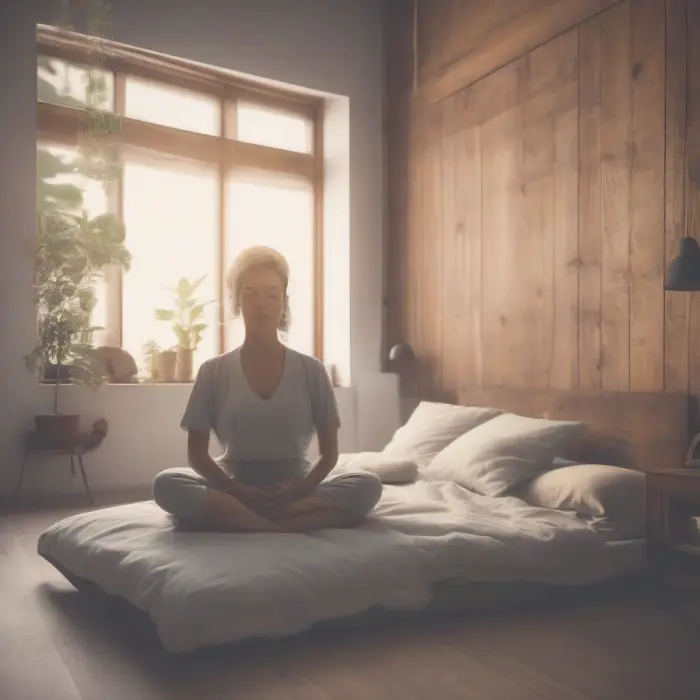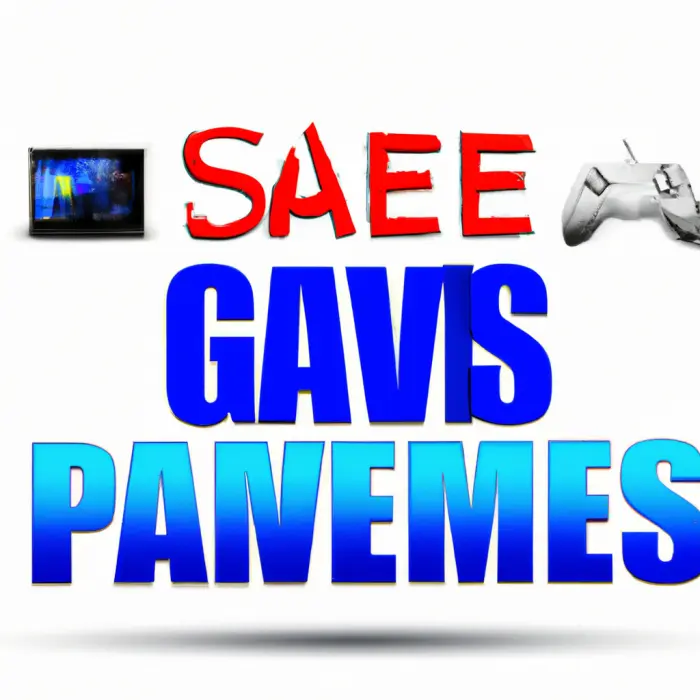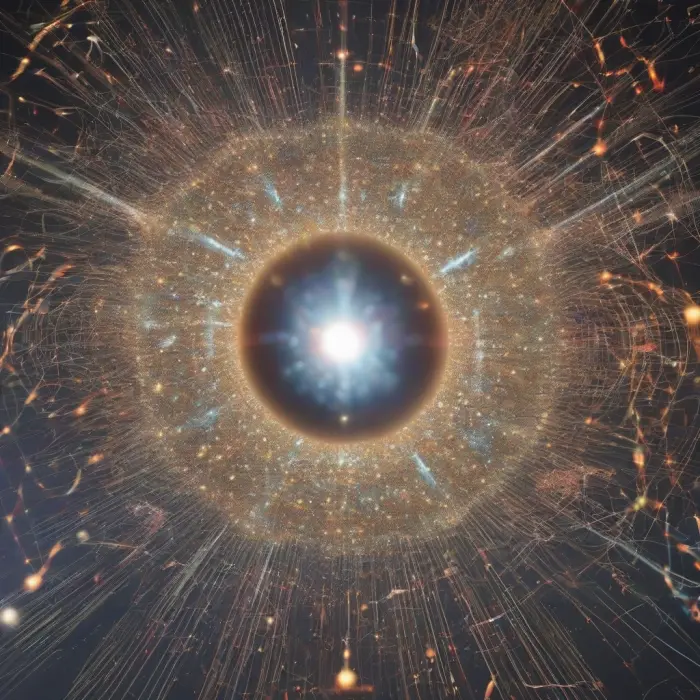Incredible Optical Illusions: How to Create Your Own
Optical illusions are a fascinating blend of science and art. They challenge our perception and make us question the reality we take for granted every day. But, did you know you can create these visually perplexing wonders on your own? If you're keen to explore this realm of art, you're in the right place. We’ll guide you through the process.
What is an Optical Illusion?
An optical illusion is a way of tricking the brain by using images, light, or patterns. Our eyes see something, but our brains interpret it differently. For instance, lines that seem to be moving but are actually static, or still images that appear to be 3D. There are three main types of optical illusions: literal illusions, physiological illusions, and cognitive illusions.
Creating Your Own Optical Illusions
Creating optical illusions can be a captivating and educational experiment. Below are easy steps to creating some basic types of optical illusions.
1. The Impossible Triangle
The 'impossible' or 'Penrose' triangle is a classic example of an optical illusion. To create this:
- Draw a regular triangle on a piece of paper.
- Extend each side of the triangle outwards. You will end up with a larger, inverted triangle around the first one.
- Now, remove a corner of the larger triangle to create a 'corner-less' triangle shape.
- Draw lines within the shape to create the 'impossible' 3D effect.
You now have your own impossible triangle. No matter how you look at it, it seems to be a real, three-dimensional object, but we know that's impossible.
2. The Moving Dots Illusion
This illusion creates the impression of movement when there's none. Here's how to create it:
- Draw several evenly-spaced vertical lines on a blank space.
- Draw small dots evenly spaced between these lines.
- Now, starting from the top, draw horizontal lines that weave over and under the vertical lines, passing through the dots.
When you look at this image, the dots will seem to be moving up and down along the vertical lines.
Conclusion
Creating your own optical illusions requires creativity, patience, and a basic understanding of how our perception works. It can be a fun way of better understanding visual perception's intricacies while producing intriguing pieces of art. Regardless of your artistic proficiency, creating optical illusions can be a fascinating and enjoyable pastime.
Give it a try, the results might just surprise you!










